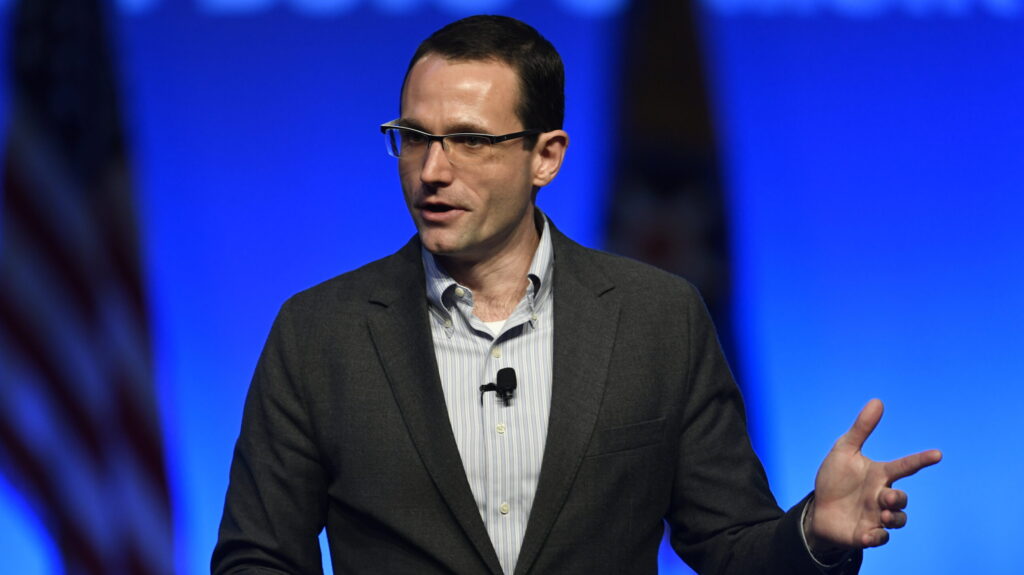F1 cars, Roper explained, extensively use digital engineering to rapidly iterate designs, leading to constant improvements to give drivers an edge — including in real time on race day.
“Formula One is amazingly complex from an aerodynamic perspective. And for my opinion, it’s more complex than what we do in aviation,” Roper said. “They are dealing with micro forces that they need to predict to within a millisecond of lap time, and they’re able to do that.”
Roper also pointed to a key tradeoff F1 drivers make to inform their digital models by rigging their cars with hundreds of sensors, a lesson he said is applicable to aircraft. Though each of these gizmos carries a weight penalty, the sacrifice is worth it, he said, “because the data coming off of it is more valuable.”
The same should be true for aircraft, where designers are often extremely sensitive to considerations like weight to maximize performance. “If I were building aircraft today, I would instrument them as much as my tolerances would allow,” Roper said.

breakingdefense.com
